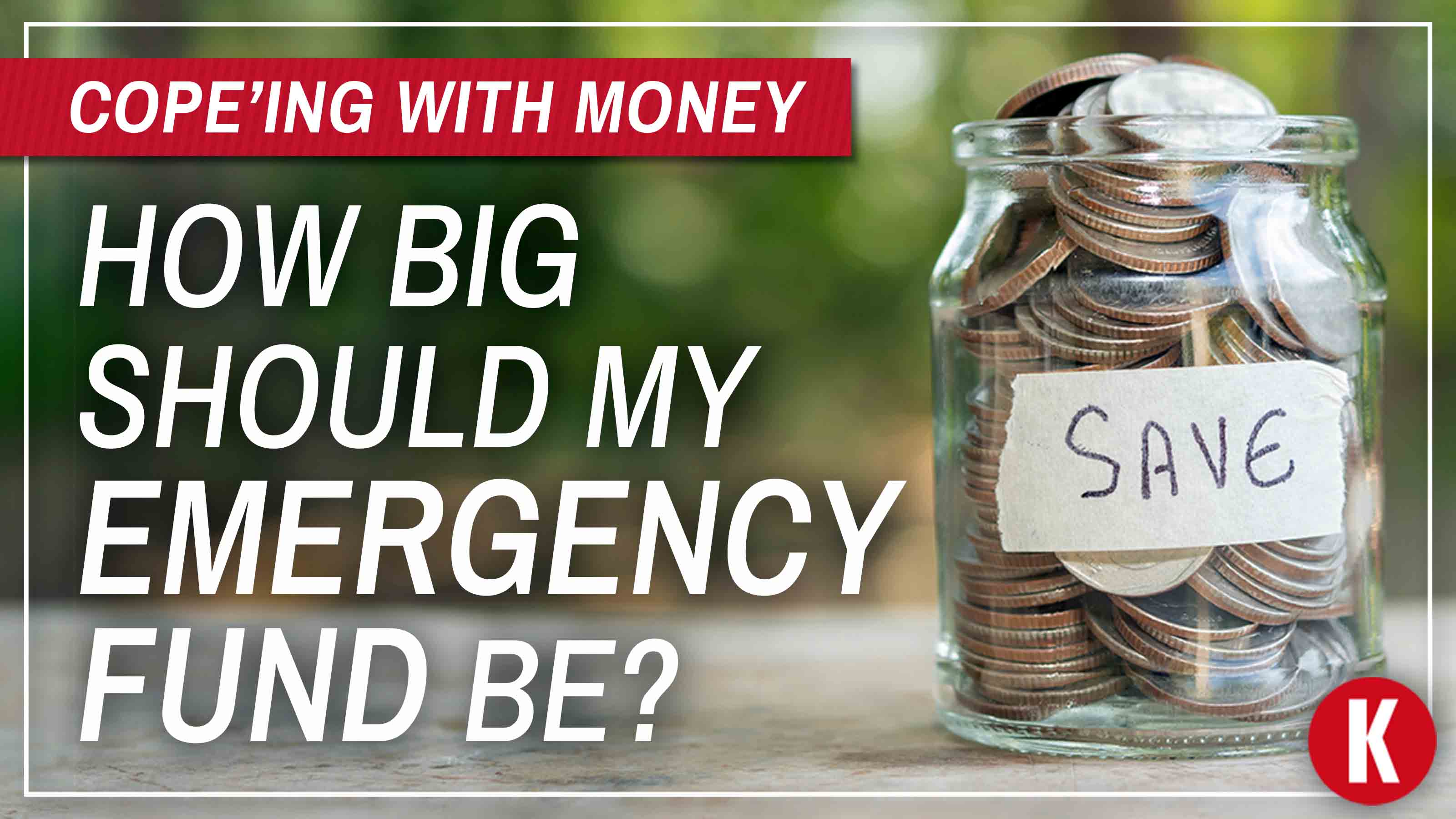Biggest Blockbuster Drugs of All Time
Lipitor, Humira and Advair boosted the bottom lines of Big Pharma companies and their shareholders for years.

A prescription drug that surpasses $1 billion in sales is known as a blockbuster. It's a rare feat, but when a pharmaceutical company finds a true blockbuster drug the payoff is enormous. How enormous? Check out the three best-selling prescription drugs of all time.
Blockbuster Drug #1: Lipitor
Company: Pfizer (PFE)
Treats: High cholesterol
From just $107.88 $24.99 for Kiplinger Personal Finance
Become a smarter, better informed investor. Subscribe from just $107.88 $24.99, plus get up to 4 Special Issues

Sign up for Kiplinger’s Free Newsletters
Profit and prosper with the best of expert advice on investing, taxes, retirement, personal finance and more - straight to your e-mail.
Profit and prosper with the best of expert advice - straight to your e-mail.
Lifetime sales: $150.1 billion
Originally developed by Warner-Lambert, Lipitor was approved in the U.S. in 1997. Pfizer acquired its rival in 2000 to gain sole ownership of the cholesterol-fighting drug – and it was well worth it. At one point, Lipitor accounted for one-fourth of Pfizer’s sales. The patent expired in 2011.
Blockbuster Drug #2: Humira
Company: AbbVie (ABBV)
Treats: Ankylosing spondylitis, arthritis, Crohn’s disease, plaque psoriasis, ulcerative colitis
Lifetime sales: $109.2 billion
Doctors praise Humira’s ability to combat damaging inflammation caused by a number of diseases. Sales will likely peak in 2018 as the drug begins to lose patent protection, but it’s been a heck of a run. Humira is owned by AbbVie, an industry giant that was spun off from Abbott Labs in 2013.
Blockbuster Drug #3: Advair
Company: GlaxoSmithKline (GSK)
Treats: Chronic obstructive pulmonary disease, asthma
Lifetime sales: $95.7 billion
Advair has been a huge seller since its approval in 2001. And even though its U.S. patent expired in 2010, no successful generic competitor has surfaced. Copying the drug isn’t the problem. Rather, rivals have yet to figure out how to copy the inhaler. Until they do, Glaxo investors can breathe easy.
Profit and prosper with the best of Kiplinger's advice on investing, taxes, retirement, personal finance and much more. Delivered daily. Enter your email in the box and click Sign Me Up.

-
 'Humbug!' Say Consumers, Despite Hot GDP: Stock Market Today
'Humbug!' Say Consumers, Despite Hot GDP: Stock Market Today"The stock market is not the economy," they say, but both things are up. Yet one survey says people are still feeling down in the middle of this complex season.
-
 The SEC Is Concerned for Older Investors and Retirement Savers. Here's What You Should Know
The SEC Is Concerned for Older Investors and Retirement Savers. Here's What You Should KnowThe SEC focusing on older investors, retirement and college savers, and private securities. Here's how those changes impact you.
-
 Vesting, Catch-Ups and Roths: The 401(k) Knowledge Quiz
Vesting, Catch-Ups and Roths: The 401(k) Knowledge QuizQuiz Test your understanding of key 401(k) concepts with our quick quiz.
-
 Wellness Stocks to Invest in Now
Wellness Stocks to Invest in NowBreakthroughs that help us live longer, healthier lives can also create opportunities for investors.
-
 The Best Health Care Stocks to Buy
The Best Health Care Stocks to BuyThe best health care stocks offer investors a defensive hedge in an uncertain market. Here's how to find them.
-
 Stock Market Today: Nasdaq Jumps 451 Points After AMD Earnings, Fed Meeting
Stock Market Today: Nasdaq Jumps 451 Points After AMD Earnings, Fed MeetingThe main indexes notched impressive gains Wednesday on solid earnings and signs the Fed could start cutting rates as soon as September.
-
 Why You Should Invest In Healthcare Stocks
Why You Should Invest In Healthcare StocksIt stands to reason that investing in healthcare is less volatile than investing in other sectors. After all, people get sick in both good times and bad.
-
 The 12 Best Bear Market ETFs to Buy Now
The 12 Best Bear Market ETFs to Buy NowETFs Investors who are fearful about the more uncertainty in the new year can find plenty of protection among these bear market ETFs.
-
 How Big Should My Emergency Fund Be?
How Big Should My Emergency Fund Be?Feature NFL linebacker and Kiplinger contributing editor Brandon Copeland discusses the importance of building an emergency fund.
-
 Homeowners Insurance: How to Protect Your Home
Homeowners Insurance: How to Protect Your HomeBrandon Copeland NFL linebacker and Kiplinger contributing editor Brandon Copeland discusses the ins and outs of homeowners insurance.
-
 The 10 Best Stocks for a Bear Market
The 10 Best Stocks for a Bear Marketstocks to buy The ideal bear-market stock pick should have a defensive business, a long history of dividend growth and relatively low volatility. Here are 10 stocks that fit that bill.